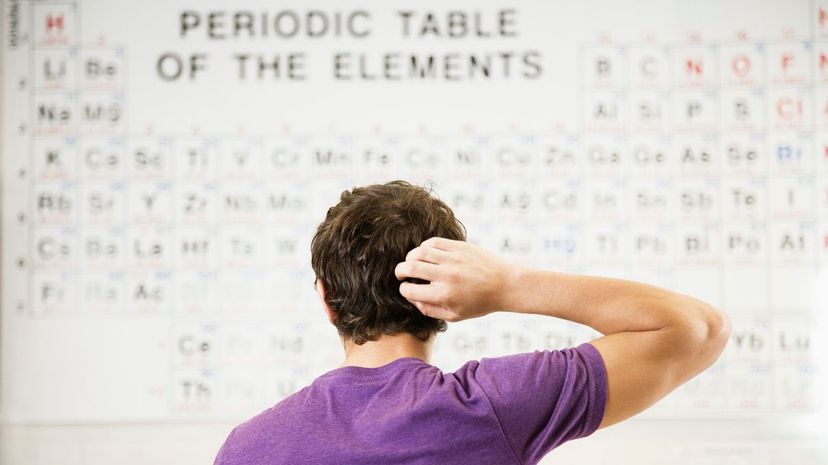
About This Quiz
The periodic table of elements began in 1789, when a French chemist categorized 33 elements into gases, metals, nonmetals and earths. In 1829, a German chemist realized that the elements could be grouped into larger categories. In 1864, chemists began sorting the elements by atomic weight and by 1871, more chemists began tweaking and creating further versions of the table. The table that we're familiar with today is attributed to an American chemist, who created it in 1923. Scientists' journey into understanding life is never-ending, and as recently as 2016, elements have been added to the table.
As of 2016, there were 118 confirmed elements on the periodic table. It's full of solids, liquids and gases, but they're split up into categories like noble metals and noble gases and semi-solids and reactive liquids and nonmetals and metalloids and weird things like halogens and transuranic elements just to make things more complicated. The main thing to know is that the elements are listed by atomic number, which is the number of protons that can be found in the nucleus of that element's atom. For example, hydrogen-No.1-has one proton in its nucleus. Needless to say, hydrogen is the most abundant element in the universe and every living thing contains hydrogen. That's all the hints we'll give you for now. Let's see what you know on your own.
Advertisement
Advertisement
Advertisement
Advertisement
Advertisement
Advertisement
Advertisement
Advertisement
Advertisement
Advertisement
Advertisement